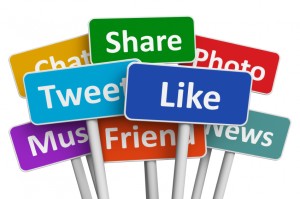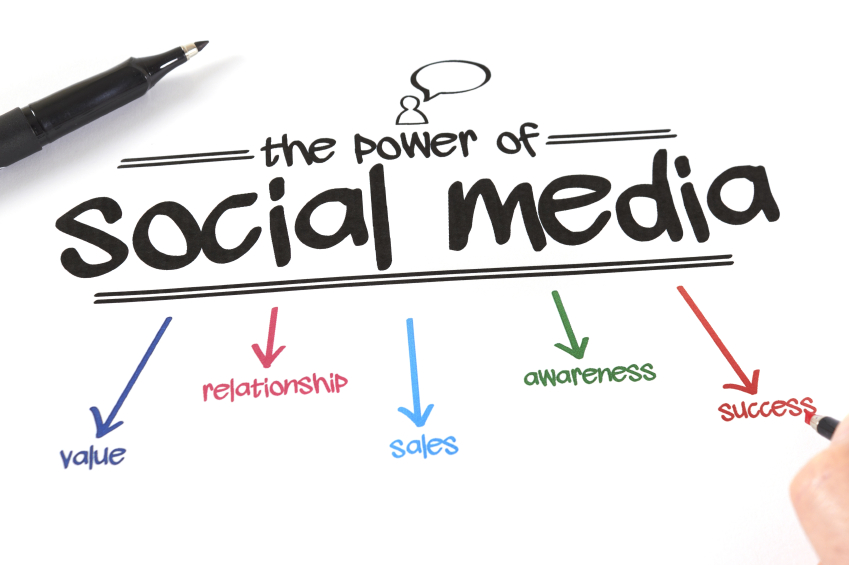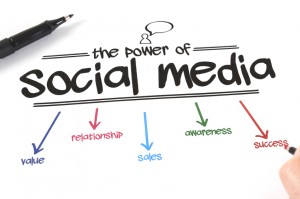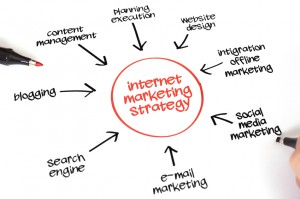I am still learning the intricacies of social media along with its  ambiguities whilst not forgetting that it is about being SOCIAL and not just a means of delivering a continuum of sales messages.
ambiguities whilst not forgetting that it is about being SOCIAL and not just a means of delivering a continuum of sales messages.
But where does it fit in to business and why should we be spending time doing it?
What prompted the thinking behind this post?
Last Friday at a recent print industry event I caught up with some old friends and colleagues and the one question that kept popping up and being asked of me was:
Why do I/we need social media for our business?
Why do I/we need to be on social media?
I’m in the print business not social media?
 I pointed out that the print business is not all about pre-printed forms, catalogues, direct mail but is one part of the multi channel experience that customers come in contact with and I’ve talked about it in detail here and here.
I pointed out that the print business is not all about pre-printed forms, catalogues, direct mail but is one part of the multi channel experience that customers come in contact with and I’ve talked about it in detail here and here.
But, I then backed up the above comment saying that social media is only important to you and your business if you understand the reasons why you are using it in the first place.
If you get lots of business via telesales, advertisements, referrals, yell.com and the ‘lead bank’ is full to bursting point then social media may not be what you need to do.
What you need to ask is what can social media do for my business and me?
Do I need to have an online presence?
I should point out that this is not a ‘how to do’ post as I am not a seasoned expert but rather some ideas to consider when it comes to why do social media.
A company needs to be able to project a unified brand in other words show the customer more than just products services and words. But how do they do this?
It isn’t about straplines on stationery or marketing collateral or the consistency of logos across your marketing it is the way your company or brand conveys its meaningfulness across all touch points.
Every advertisement, email marketing, direct mail even chatting with a customer service representative through to the delivery of your product or service provides a great opportunity for your brand or company to deliver on its promise and demonstrate its purpose, all of which strengthen the bond between customer and your company or brand.
To answer the question that was put to me:
You need to understand where your audience is?
What social media platforms you are likely to find them on?
And how can you convey your messages so they can be found and, more importantly get noticed?
Why do you want to invest your precious time in social media and more importantly what do you hope to get out of your time being ‘social.
I put it to my colleagues that they should be asking the question how can social media add value to the business or brand?
How can being on social media provide any other benefits to your existing customers or target audience?
Social media is more than just aiming to set your company apart from its competitors.
You are telling a story that conveys the values and the company’s ethos, it’s attitude toward its customers and how it projects itself online, all of which define the organisation.
Your social media and online presence is more than just that it is an experience that you hope your customers will identify with and that requires commitment by the organisation as a whole.
If this is followed up by poor execution and delivery of the service then the brand or customer experience is negative, credibility is lost and bad experiences are spread by word of mouth.
Our customers are deluged with information from social media – news, product recommendations, opinions and no matter what line of business you are in if you want to build a buzz about your business, it’s products or services then the cheapest and quickest way of doing this is by building an online social media presence.
Every business needs some kind of marketing and promotion and every business needs new customers and social media is an additional channel to expose your business.
Every business needs repeat business and by providing your customers with the knowledge so they know what you offer reminds them where to go when they need that new widget or solution.
 Any business needs to market themselves to generate leads and create new business growth but when I was asked should I be doing social media my response was ‘it’s not a case of if you need or should do it, but rather how well you do it.’
Any business needs to market themselves to generate leads and create new business growth but when I was asked should I be doing social media my response was ‘it’s not a case of if you need or should do it, but rather how well you do it.’
To answer the question at the start of this post:
Yes, social media can add another valuable channel to your marketing strategy if it’s done the right way.
And how does that help being in the print industry?
Print can position itself at the start of a customer’s journey from the physical to the online world and so social media forms part of that brand experience.
Marketers know that print can do things that digital cannot.
Print is at the heart of brand marketing.




 Studying your current customer profile should be a good indicator of the audience you successfully engage with but it will also help you target other companies or sectors that may want your services.
Studying your current customer profile should be a good indicator of the audience you successfully engage with but it will also help you target other companies or sectors that may want your services.



